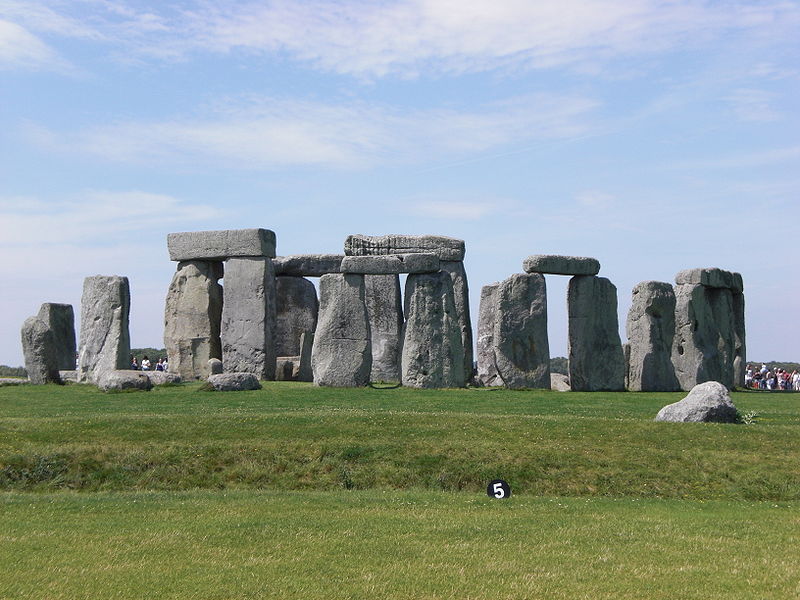
Stonehenge, a prehistoric monument located in Wiltshire, England, is one of the world's most well-known ancient religious and burial sites. Situated amidst a dense complex of Neolithic and Bronze Age monuments, the modest looking circle of stones that are visited by millions of tourists annually were declared a World Heritage Site in 1986. Now it appears that the ancient tombstones that are believed to date all the way back to 2,000 B.C. have some bigger competitors right in their own backyard.

The surprising revelation was made by University of Bradford archeologist Vince Gaffney at the 2015 British Science Festival held in Bradford, from September 7-10.
Discovered 3-ft underground beneath the Durrington Walls, “Superhenge', that lies about two miles from the original Stonehenge, is the largest stone monument discovery in Europe. The scientist says that ground-penetrating radar images indicate that there may have been of up to 90 stones, 30 of which are still well preserved.
According to the researchers, the massive stones that measure as high as 15-feet in height most likely date back to burial site's inception, about 5,000 years ago. They suspect that the preserved stones may have been knocked over and buried in the soil a century later, during the construction of the Durrington Walls. The ones that did not get buried adequately are either fragmented or have disintegrated completely, leaving behind empty pits where they once stood.

The discovery is the latest in a slew of new finds by the Stonehenge Hidden Landscapes Project, a partnership between the University of Birmingham and the Ludwig Boltzmann Institute for Archaeological Prospection and Virtual Archaeology. It brings together experts from around the world to research Stonehenge and the surrounding areas. The aim of the four-year project that ends in 2017, is to create an extensive underground 3-D map of the area around Stonehenge to document what is already known and search for what still lies hidden.
Other notable discoveries made possible by the virtual excavation includes 17 new shrine-like structures and a 108-foot long burial mound. These finds have helped researchers realize that Stonehenge was not a monument in isolation, but part of a rich monumental landscape. While it has always been seen as a place of religious significance, these recent developments seem to suggest that the area could have been the birthplace of the idea of ceremonial procession, or a liturgy.

So will this 'Superhenge' displace the original Stonehenge? Probably not, given that the archaeologists have no intention of unearthing the bigger neighbor any time soon!
Resources: nationalgeographic.com,dailymail.co.uk,theguardian.co.uk